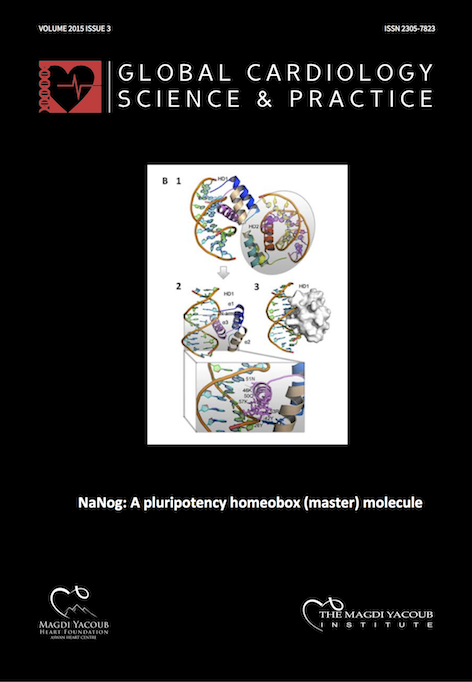Pulmonary hypertension related to congenital heart disease: A comprehensive review
Abstract
Pulmonary arterial hypertension (PAH) is a serious complication of congenital heart disease, causing an increase in morbidity and mortality. The progressive and irreversible pulmonary vascular disease is more often the consequence of a significant, uncorrected, left-to-right shunt. The rise in pulmonary vascular resistance may lead to the reversal of the shunt and cyanosis, condition known as Eisenmenger syndrome. The management of this population is challenging and requires specific expertise both for diagnosis and follow-up. The progress in the understanding of the underlying pathophysiology of this condition has promoted recent pharmacological trials. New therapeutic options are now available that could improve the long-term prognosis and the quality of life of these patients, but several controversial points still remain and need to be addressed.Downloads
Published
2017-09-07
Issue
Section
Mechanisms of disease
License
This is an open access article distributed under the terms of the Creative Commons Attribution license CC BY 4.0, which permits unrestricted use, distribution and reproduction in any medium, provided the original work is properly cited.


